Lifestyle of an earthworm, what is its benefit for agriculture
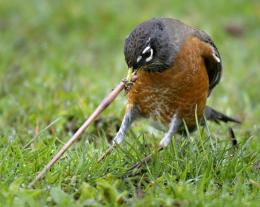
Every landowner wants his land to have a high yield. It has long been proven that earthworms are a sign of health and fertility. soil, therefore their presence in the garden plot is vital for the development of flora representatives.
Content:
- Earthworms - who are they, description of the species
- Habitat, lifestyle
- Structure
- Lifespan and reproduction
- Benefits for farmers
Earthworms - who are they, description of the species
Earthworms belong to the suborder of oligochaete worms from the order Haplotaxida, which live almost everywhere, with the exception of the continent of Antarctica.
Initially, many species were not so widespread, but in the process of people settling into new territories and processing them soil, they acquired a wider habitat. Throughout the Russian Federation, about 10 species of individuals of the family Lumbricidae can be found.
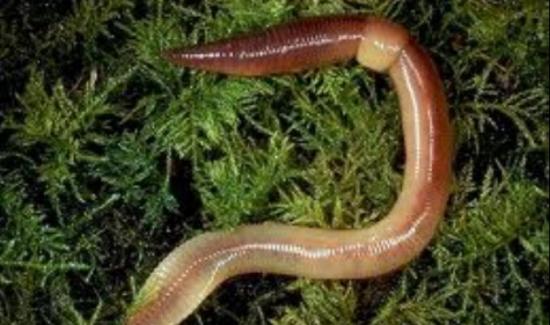
These simple invertebrate creatures received this name because they crawled to the surface precisely at the time when it was raining. This happens because rainwater fills the burrows of the worms, which does not allow them to breathe and forces them to leave their shelter.
The most common types are:
- Eisenia Thetis,
- Canadian Crawling,
- Dendrobene Octahedra et al.
Recently, they have come to be called technological, since they ensure the processing of organic residues into vermicompost.
Habitat, lifestyle
The earthworm is characterized by such habitat as compost pits, manures and droppings, organic waste dumps, mulched gardens, i.e. moist soil rich in organic matter.
The earthworm's lifestyle is nocturnal, since ultraviolet radiation is very destructive for them. It is at this time that they are active and eat the bulk of food. They can take small food into their hole. For safety reasons, when the worms crawl to the surface, they leave their tails in the soil for the first time.
During the day, these invertebrates cover their holes with objects, such as leaves, and dig holes. Crawling in soft soil, they compress and drill into it with their front.
At the same time, the worms become thin and squeeze between lumps of earth. Then they regain their shape and push the soil apart, gradually pulling up their backside. If the soil is dense enough, the worm eats it. At night, they leave small pieces of earth as undigested waste on the surface.
In summer they mainly live in the upper layers, and for winter hibernation they dig earthen burrows to a depth of 2 cm. Frost capable of killing these creatures, so they prefer to hide in a safer, deeper place.
In the spring season, the soil is moistened by rain and, at a sufficient temperature level, they begin to exhibit mating activity.
Structure
External structure of worms:
- individuals are elongated, of average length - 10-16 cm. Sometimes worms from 2 to 30 cm are found;
- the body is divided by constrictions in the form of rings into segments, the number of which can reach 100-300;
- on each segment (with the exception of the first) there are small but elastic bristles.With their help, the earthworm moves. There are 8-20 bristles on one annular segment;
- The body is covered with mucus on top, which helps in movement and enriching the body with oxygen.
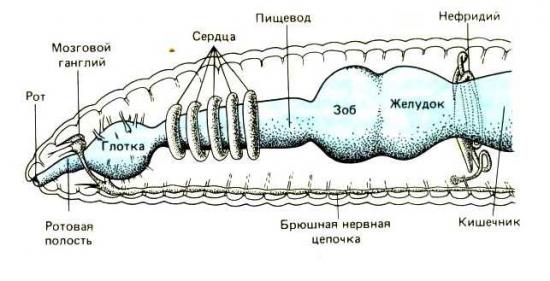
Under the skin there is a skin-muscular sac, consisting of circular and longitudinal muscles, and below are internal organs, the cavity of which is filled with fluid. It is divided by partitions according to the number of segments.
The worm has a mouth at the front. Food in the form of rotting plant parts is swallowed by the muscular pharynx and passes into the intestines, where it is processed with the help of enzymes. Each segment is equipped with tubes with funnels into which undigested food products flow. They then exit through a tube at the back of the body through the anus.
Closed circulatory system. It includes the dorsal and abdominal blood vessels, from which small capillaries arise.
The nervous system of the worm has two trunks, forming nodules in each segment. The brain is very poorly developed, but worms have a high ability to regenerate.
There are no sensory organs, but the presence of certain skin cells gives the worms the ability to sense touch on the body and distinguish between light and dark.
Lifespan and reproduction
The reproductive system is represented by female and male genital organs, so earthworms are considered hermaphrodites. Their reproduction occurs quickly by cross-fertilization, i.e. they come into contact with each other for a while and exchange seminal fluid. They can give birth to hundreds of young individuals in a year.
The girdle acts as a genital organ, occupying several segments in the front part of the body.It looks like a thickening from which mucus is secreted. Eggs enter it and a cocoon is formed, the maturation of which lasts 2-3 weeks.
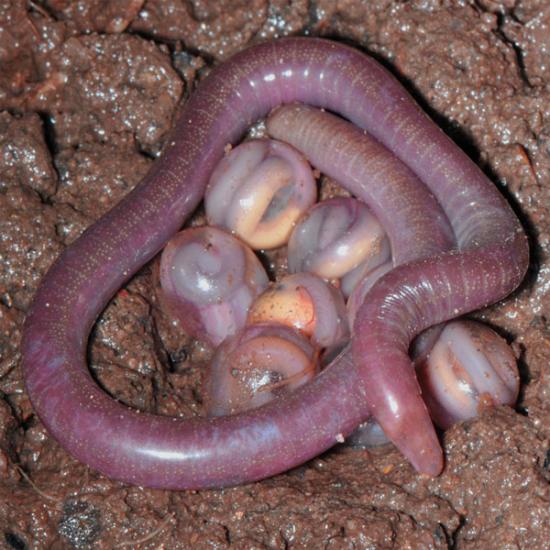
Worms are most active in terms of reproduction in spring and autumn, since in summer the soil is not moist enough and there is very little food.
The lifespan of an earthworm reaches about 10 years, unless they become food for moles or birds, or die due to excessive heat, severe frosts, or the use of pesticides.
Benefits for farmers
The enormous importance of earthworms in the formation of fertile soil have been noticed for a long time.
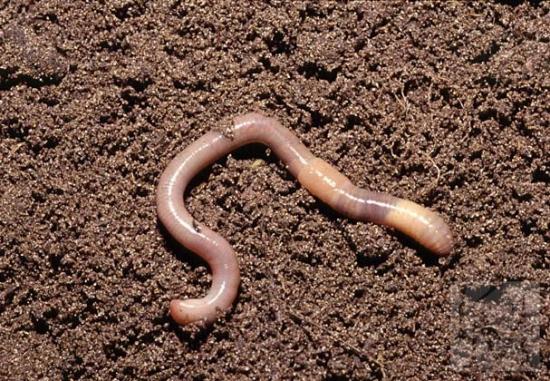
By moving inside the soil, they ensure its loosening, which contributes to:
- raising nutrients to the upper layers of the earth;
- good growth of the root system;
- retaining water in the soil and protecting it from drying out;
- air circulation in the soil.
All this helps the plant in the process of growth and development, and therefore in the ripening of fruits.
Earthworms also help the earth recover from various adverse effects, in particular chemical burns, by restoring its structure.
Due to the gradual loss of chernozems of their former properties, landowners are looking for ways to replenish soil. To do this, they use vermicompost from worms. Its structure is similar to chernozem, so adding it even to undamaged soil will not have a negative effect, but rather will be beneficial.
Learn more about the benefits of earthworm by watching the video:




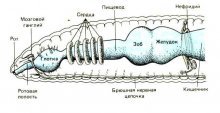

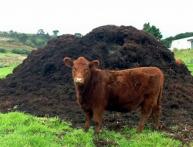

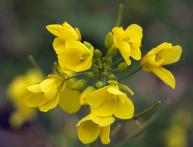


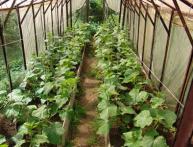

Comments
It would seem like the most ordinary, simplest creature, but so useful for the garden. The soil on our site is dense, but there are earthworms in it. I didn’t know that an earthworm could traverse even dense soil.
In the village, my grandmother often, after harvesting potatoes, let the chickens out into the garden to eat worms. Now for some reason there are much fewer of them than a few years ago, I don’t even know what this is connected with.
Earthworms are actually good for the soil. I didn’t know that they could live for 10 years. Usually there are a lot of them under the manure heap, when you spread the fertilizer, they mix with the soil. But why do they crawl onto the asphalt into a habitat that is not theirs after rain is an interesting question.